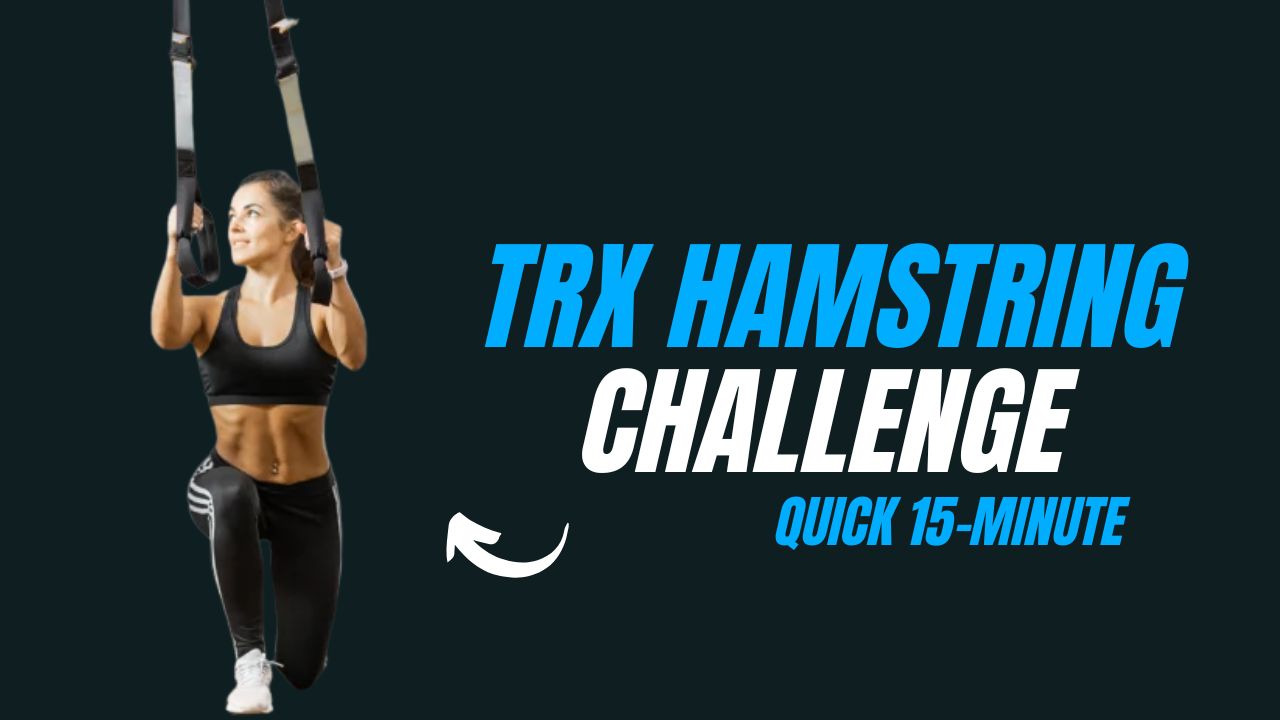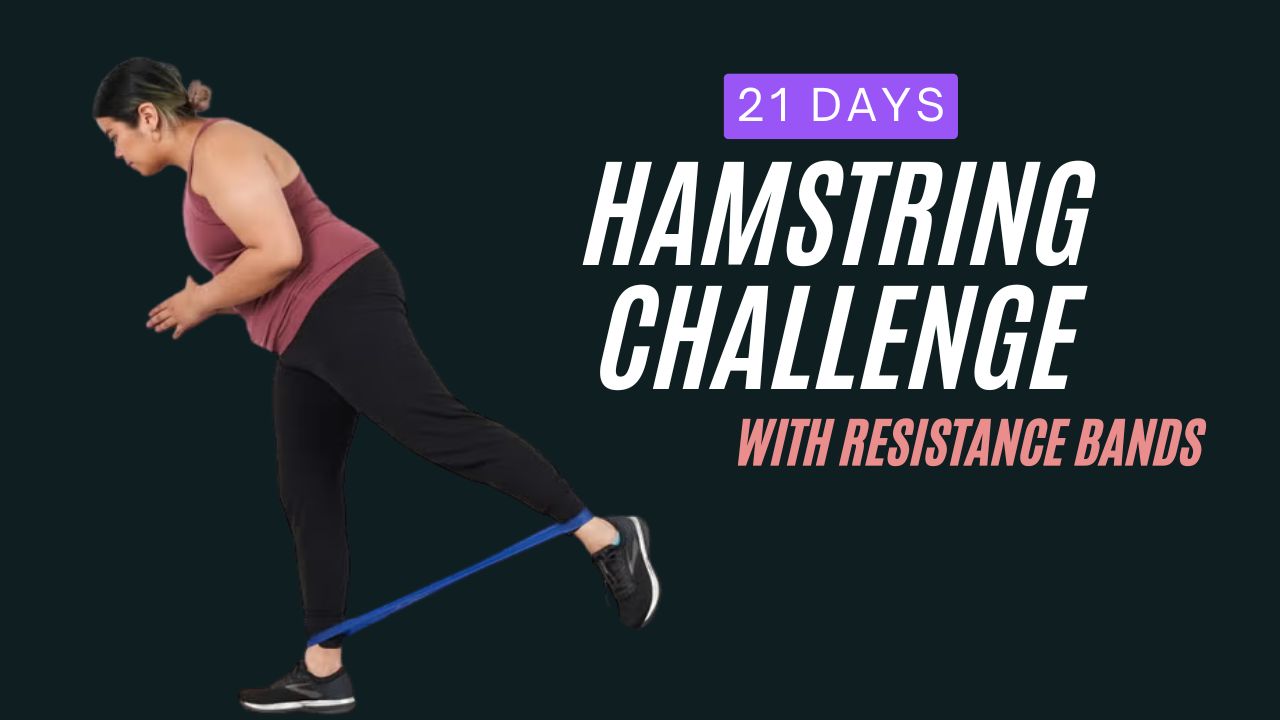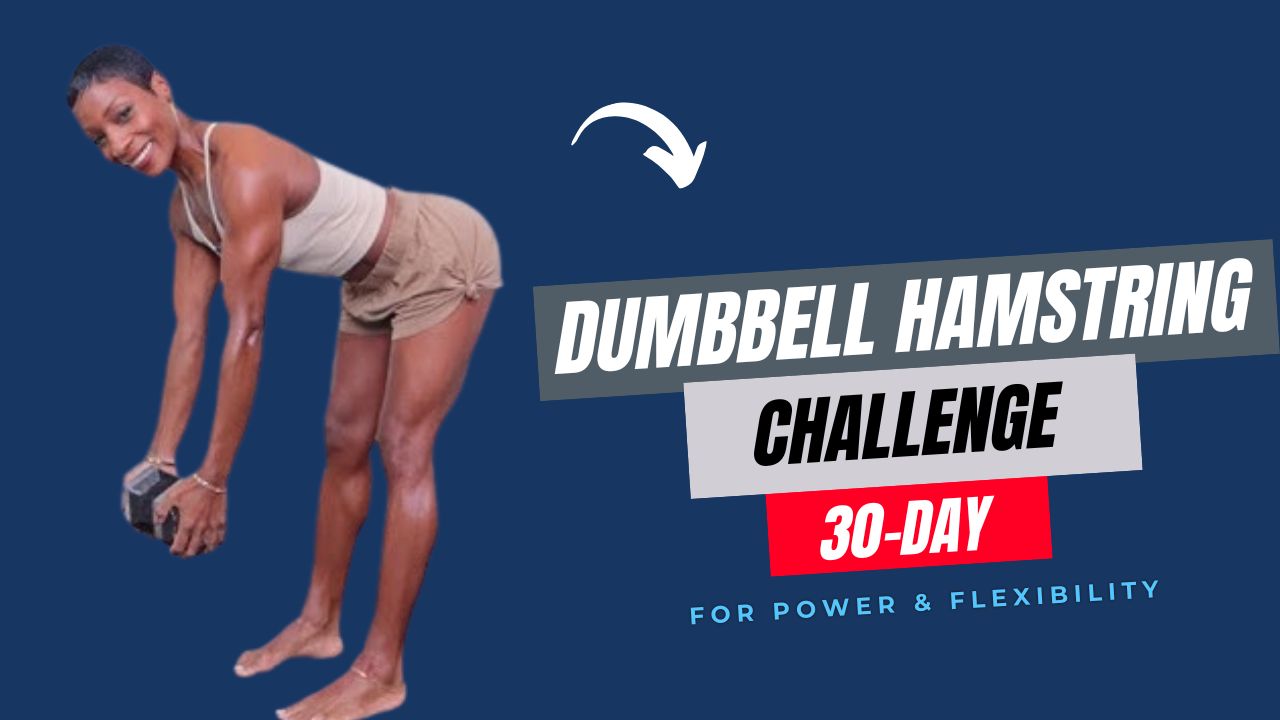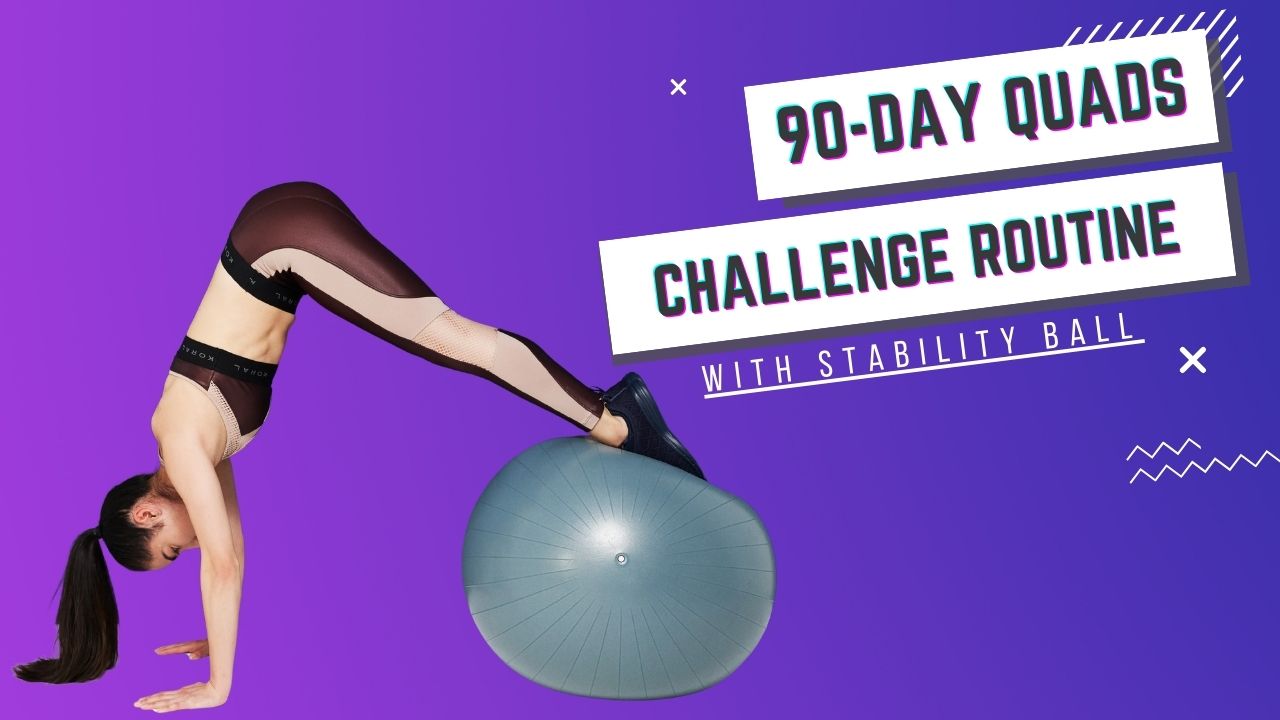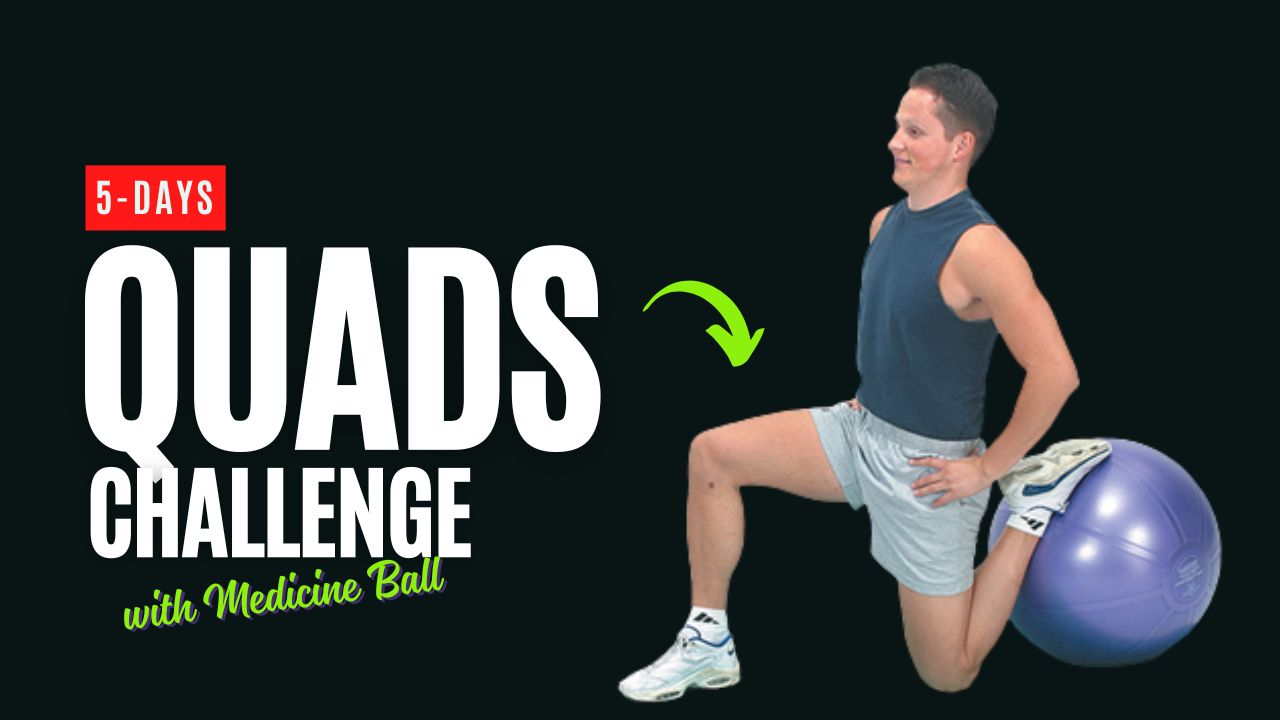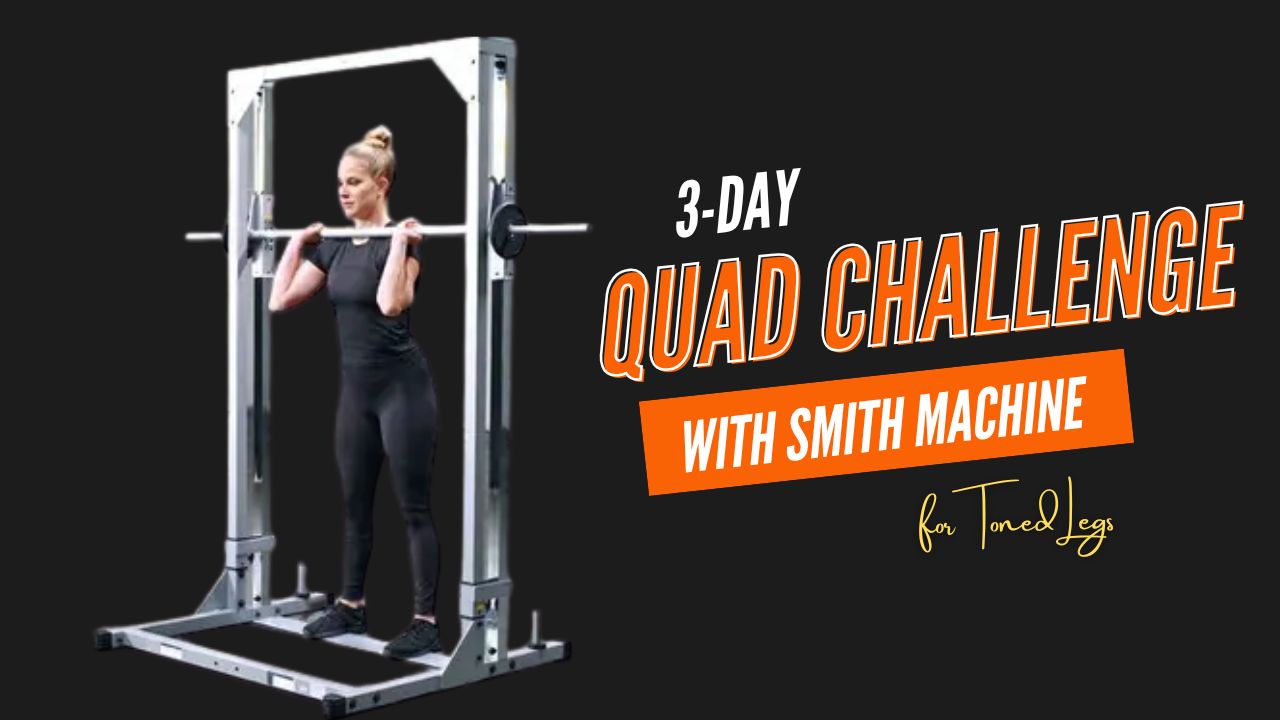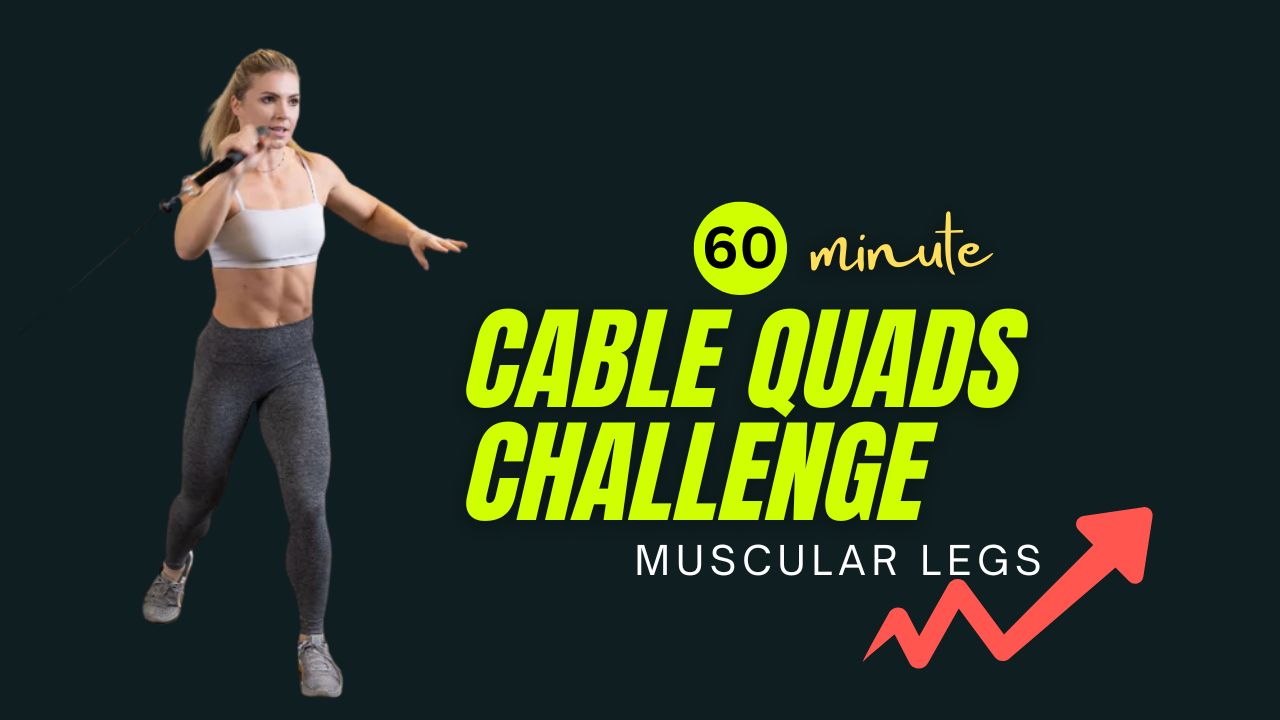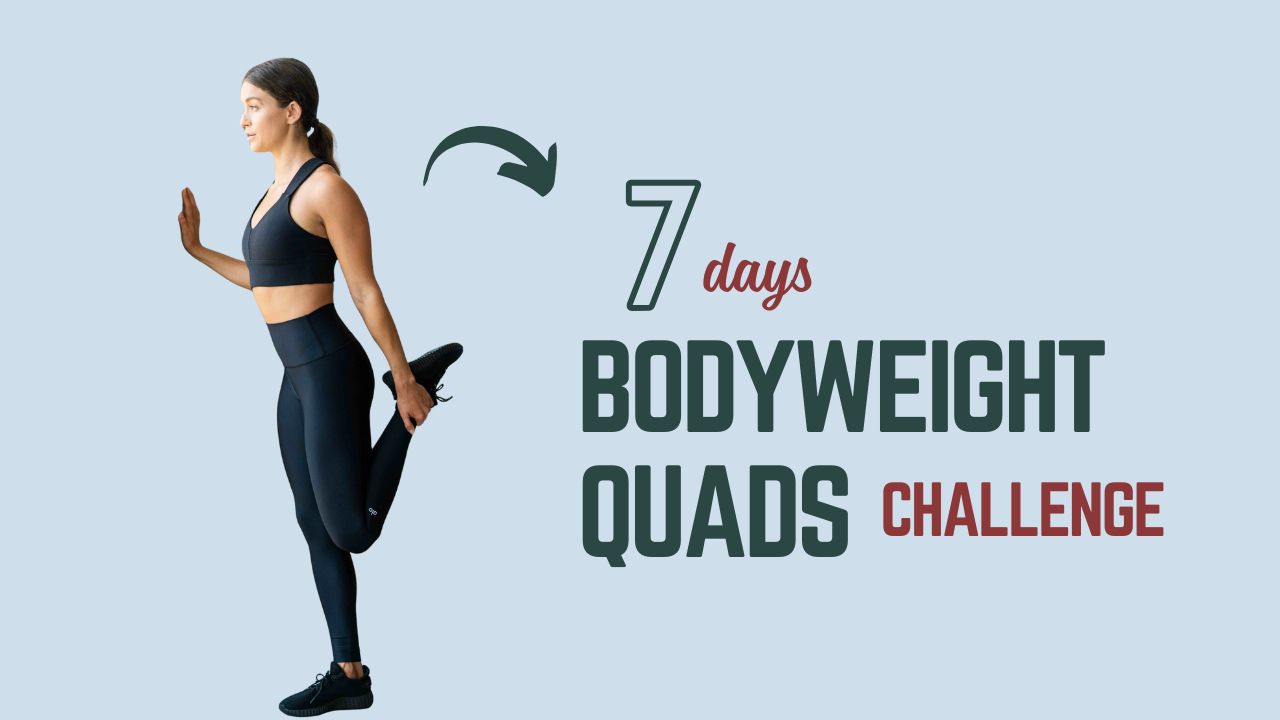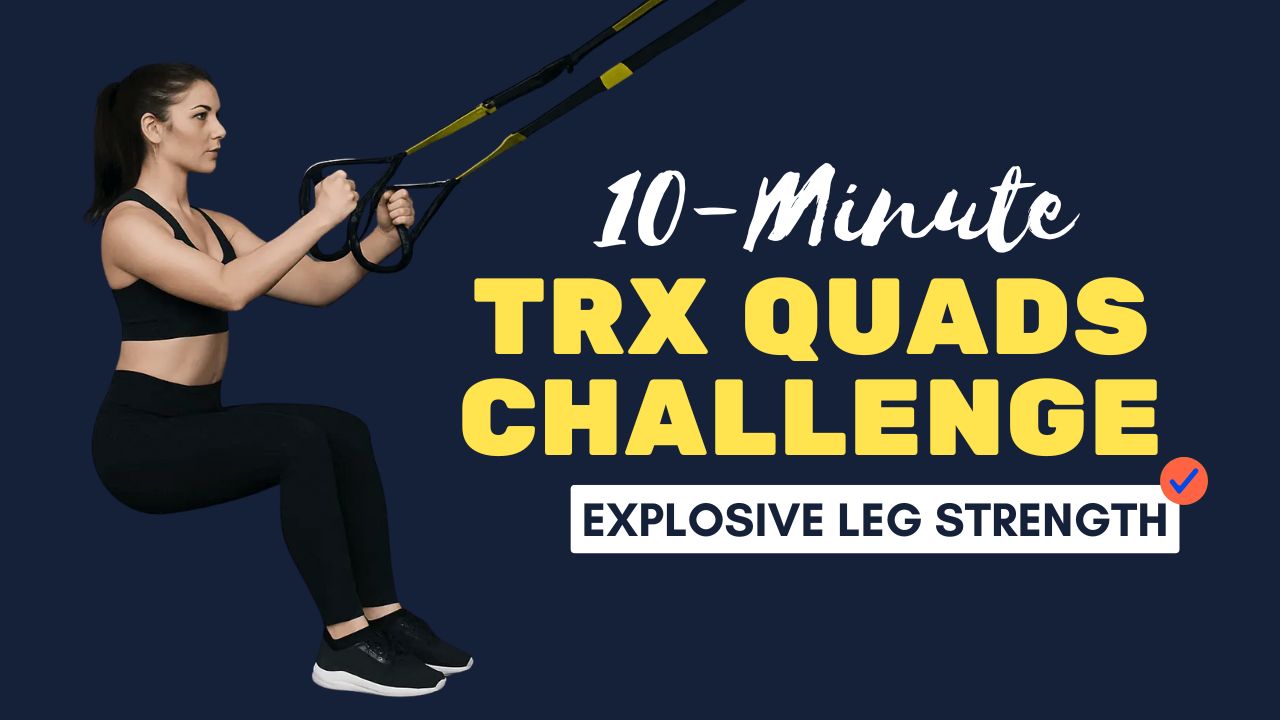Ever wonder why your midsection isn’t quite as defined—even with endless crunches?
Here’s the truth: standard ab exercises don’t target your obliques enough.
These diagonal muscles are the secret sauce to that sculpted waistline and rotational strength that most people overlook. If you’re after real core definition, it’s time to twist things up—literally—with medicine ball oblique exercises.
Did You Know?
Your obliques play a massive role in spinal stability, balance, posture, and rotational power—yet they’re often ignored. Medicine ball training, with its dynamic weight and movement, activates your obliques like no sit-up ever will.
Let’s break the myth that abs are all about crunches. Instead, here are 15 game-changing medicine ball oblique moves that burn fat, build definition, and improve core strength—fast. Each comes with a simple how-to, benefits, and extra pro tips.
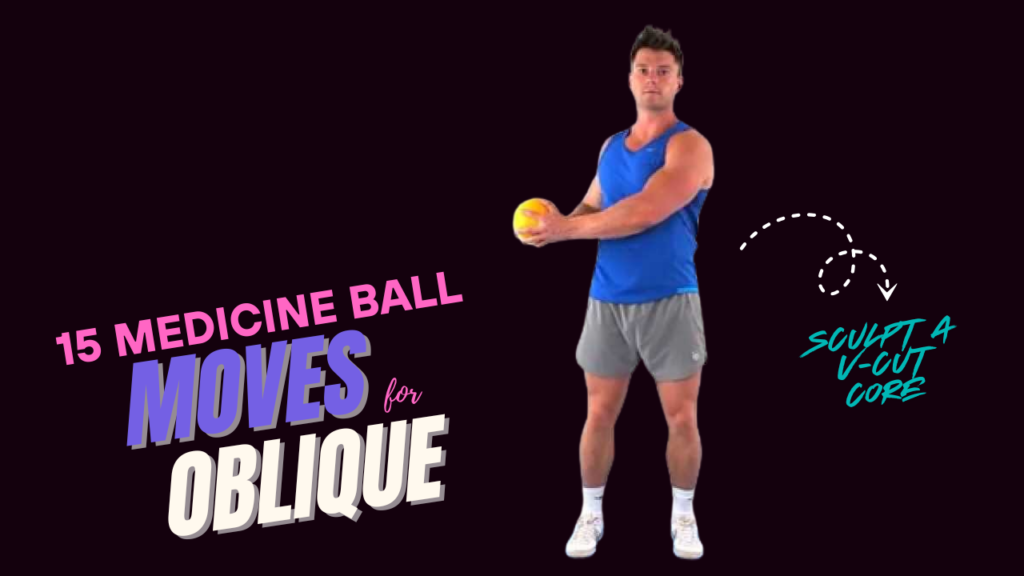
Table of Contents
What Can Happen After 30 Days of These Medicine Ball Oblique Exercises
| Positive Changes You May Notice | Why It Happens |
|---|---|
| Improved oblique definition and a tighter waistline | Consistent twisting and crunching strengthens and tones the side abs |
| Increased core strength and balance | These moves activate stabilizer muscles and train the entire core unit |
| Better posture and spinal alignment | Strong obliques support the spine and reduce slouching or overextension |
| Enhanced rotational power and athletic performance | Rotational exercises mimic sports-like movement patterns, improving coordination |
| Reduced lower back strain in daily activities | Strong obliques offload pressure from your back during twisting or lifting motions |
| Boosted metabolism and calorie burn | Explosive moves like side slams and throws increase heart rate and fat burning |
| Improved body awareness and muscle control | Mind-muscle connection develops with intentional, controlled reps |
| Greater flexibility and mobility in the torso and hips | Dynamic twisting and reaching increase range of motion over time |
| More energy and consistency in workouts | Stronger core makes all other workouts feel easier and more stable |
| Visible motivation to continue a healthier lifestyle | Seeing and feeling results in 30 days fuels momentum to stay on track |
Do’s and Don’ts of Medicine Ball Oblique Exercises
| Do’s | Don’ts |
|---|---|
| Start with a light-weight medicine ball for better control | Don’t use a heavy ball that compromises your form |
| Warm up your core before starting | Don’t jump into intense moves without prepping your body |
| Focus on controlled, slow, and intentional movements | Don’t rush through the reps just to finish faster |
| Keep your spine neutral and core engaged | Don’t hunch your back or let your shoulders collapse |
| Breathe steadily during each rep | Don’t hold your breath while twisting or crunching |
| Use a mat for seated or floor exercises | Don’t train on hard surfaces without support |
| Modify exercises if you’re a beginner | Don’t attempt advanced throws or twists if your core is weak |
| Mix oblique moves with full-body workouts | Don’t rely on oblique work alone to burn belly fat |
| Focus on form over reps or speed | Don’t treat it like a race—precision matters |
| Stay consistent 2–3 times per week for best results | Don’t expect visible abs overnight—progress takes time |
15 Best Medicine Ball Oblique Moves
1. Medicine Ball Russian Twists
How to:
- Sit on the floor, knees bent, holding the medicine ball in front of your chest.
- Lean back slightly.
- Twist your torso to one side, then the other, touching the ball to the ground each time.
Benefits:
- Fires up both internal and external obliques.
- Improves rotational control and balance.
Tip: For an extra burn, lift your feet off the ground.
2. Standing Oblique Twists
How to:
- Stand with feet shoulder-width apart, holding the ball with both hands at chest level.
- Twist your torso to the right, then left—keep hips stable.
Benefits:
- Builds rotational strength.
- Perfect for beginners and warm-ups.
Myth Buster: Oblique work won’t make your waist thicker—it actually helps carve a smaller-looking waist by tightening and toning the sides.
3. Medicine Ball Woodchoppers (Low to High)
How to:
- Stand with the ball by one knee.
- Lift it diagonally overhead to the opposite side.
- Repeat in a chopping motion.
Benefits:
- Engages obliques and shoulders.
- Mimics functional, real-life movement (e.g. lifting groceries into a car).
4. Medicine Ball Side Slams
How to:
- Raise the ball overhead.
- Slam it forcefully to one side of your body.
- Catch and repeat on the opposite side.
Benefits:
- Builds explosive rotational power.
- Great for cardio and oblique activation.
Fun Fact: This move also boosts metabolic rate because it recruits multiple large muscle groups.
5. Seated Oblique Ball Toss
How to:
- Sit in a Russian twist position.
- Toss the ball side-to-side with a partner or against a wall.
Benefits:
- Boosts reaction time and coordination.
- Adds a real-time rotational challenge to your core.
6. Oblique Ball Crunches
How to:
- Lie on your back, knees bent, feet flat.
- Hold the ball above your chest.
- Crunch up and twist to one side, then lower. Alternate sides.
Benefits:
- Combines rectus abdominis and oblique training.
- Builds muscular symmetry.
7. Medicine Ball Side Plank Reach-Through
How to:
- Get into a side plank.
- Hold the ball in top hand and reach under your torso.
- Rotate and return.
Benefits:
- Challenges balance.
- Deep core and side-chain activation.
8. Medicine Ball Oblique V-Ups
How to:
- Lie on one side, legs extended.
- Hold the ball with both hands.
- Crunch upward, lifting both legs and upper body toward each other.
Benefits:
- Builds sculpted side abs.
- Requires strong mind-muscle connection.
9. Wall Ball Rotational Throws
How to:
- Stand sideways to a wall.
- Rotate and throw the ball against the wall.
- Catch and repeat quickly.
Benefits:
- Sports-performance favorite.
- Builds explosive strength and rotation.
10. Medicine Ball Figure 8s
How to:
- Sit in a semi-reclined position, feet up.
- Pass the ball in a figure-8 pattern under your legs.
Benefits:
- Combines core coordination and oblique strength.
- Fun and dynamic twist to boring crunches.
11. Lunge with Oblique Twist
How to:
- Hold the ball and step forward into a lunge.
- As you lunge, twist toward your front leg.
- Return to center and switch legs.
Benefits:
- Functional strength: works legs and obliques.
- Helps with balance and injury prevention.
12. Kneeling Side Bends with Ball
How to:
- Kneel on the floor.
- Hold the ball overhead and bend sideways, reaching the ball toward the floor.
- Return to center.
Benefits:
- Elongates and strengthens the obliques.
- Improves spinal flexibility.
13. Reverse Oblique Crunch with Ball
How to:
- Lie down, hold the ball between your knees.
- Curl your knees to your chest while slightly twisting side-to-side.
Benefits:
- Targets lower obliques.
- Builds stronger lower abs, often the hardest to reach.
14. Toe Touch with Oblique Reach
How to:
- Lie on your back, legs raised.
- Hold the ball and crunch up to reach the outer side of your feet. Alternate sides.
Benefits:
- Oblique isolation with each twist.
- Improves flexibility and control.
15. Side-Lying Medicine Ball Hold
How to:
- Lie on your side.
- Hold the ball above your head with both hands.
- Lift your upper body off the ground and hold for 20–30 seconds.
Benefits:
- Builds endurance in your obliques.
- Enhances core stability.
Final Thoughts:
The obliques are your body’s built-in rotation engine—and training them isn’t just about aesthetics. Whether you’re throwing a ball, lifting your child, or swinging a racket, strong obliques enhance everything.
With just a medicine ball and a few square feet of space, you can turn your midsection into a sculpted, powerful center of strength and movement.
Mix and match these moves, perform them as a circuit, or add a few to your weekly training for a leaner, stronger, more athletic core.
Remember: It’s not about how many crunches you do—it’s how smartly you train. And these 15 oblique-focused medicine ball moves are your shortcut to smarter, sharper, and stronger results.
Frequently Asked Questions (FAQs)
Can medicine ball exercises really help define obliques?
Yes! Medicine ball workouts are excellent for obliques because they involve rotational movements and dynamic resistance, which target both internal and external obliques more effectively than traditional ab exercises.
How heavy should the medicine ball be for oblique exercises?
For beginners, a 4–6 lb (2–3 kg) ball is ideal. Intermediate to advanced users can use 8–12 lb (4–6 kg) balls. The key is to use a weight that challenges your core without compromising form.
How often should I do these oblique exercises?
You can perform these moves 2–3 times per week, with at least one rest day in between. Combine them with cardio and a clean diet for visible results.
Will oblique workouts make my waist thicker?
This is a common myth. Oblique training won’t make your waist bulky. In fact, it tightens and tones the waistline, helping to create a more defined and tapered look.
Can I do these exercises at home?
Absolutely! All 15 medicine ball oblique exercises can be done at home with minimal space and just one ball. A mat and a wall (for throws) may help enhance your routine.
Are these exercises safe for beginners?
Yes. Start with basic movements like Russian Twists, Standing Twists, and Oblique Crunches. Always prioritize form over speed to avoid injury.
Do medicine ball oblique moves help reduce belly fat?
These exercises strengthen and shape the oblique muscles, but fat loss requires a caloric deficit. Pair these moves with healthy eating and full-body workouts to see fat loss and muscle definition.
What’s the best time to do core workouts—before or after other exercises?
Core workouts are usually best done after strength or cardio training, so your core isn’t fatigued when performing compound movements like squats or deadlifts.
Can I use other equipment instead of a medicine ball?
Yes. In some cases, you can substitute with a dumbbell, kettlebell, or even a weighted pillow at home. However, the dynamic grip and size of a medicine ball make it ideal for rotational training.
How long does it take to see results in oblique definition?
With consistent training, proper nutrition, and sleep, you may start seeing results in 4–6 weeks. Muscle tone and fat loss vary by individual, but progress comes with patience and dedication.
